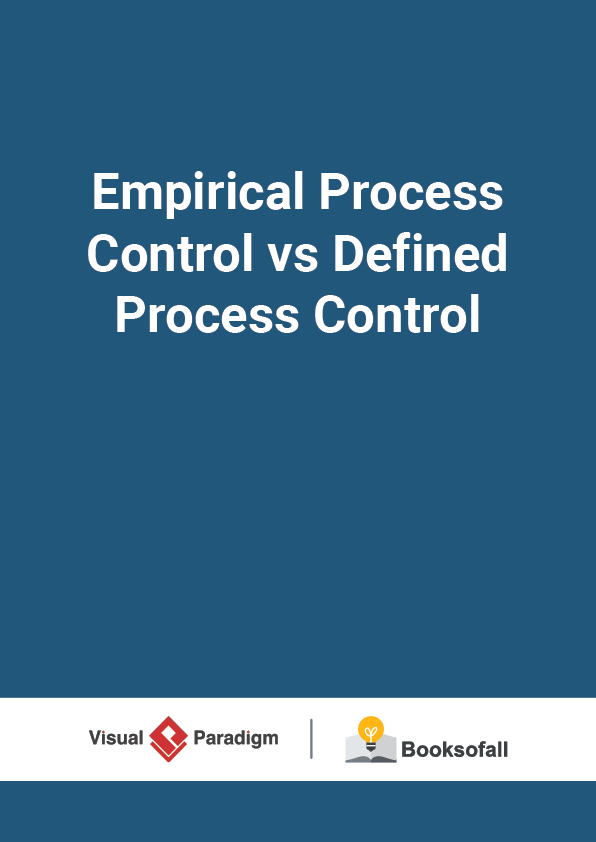Why Fixed Length Sprints in Scrum?
3-4 minutes
Scrum advocates the use of fixed length sprints . The length of the sprint can be adapted to balance between the need to release rapidly and allowing enough time to complete a useful amount of work in each sprint. Once an appropriate length is found, it typically stays the same as shown in the Figure below:
Sprints in Scrum
Note That:
The Sprint is the fundamental unit of work when using Scrum. Any product development effort using Scrum is, therefore, divided into Sprints.
Why Fixed Length?
Sprints are fixed in length so that the team has a predictable amount of time available to them to do work, which in turn assists in both short and long-term planning. A fix-length sprint provides an understanding between development and the customer and product owner when something working software will be available for demonstration, and to define the length of the feedback loop, which is equals to the length of the sprint.
On the other hand, if the Sprint length changes, the rhythm of Scrum is broken and a team will have to re-learn its capacity which usually takes at least a few Sprints. If Sprints are rarely the same length, then the Scrum Team will struggle to do any reliable planning. There are some of the reasons why most of the team adopt fixed length of sprints:
- Teams Benefit from a Regular Rhythm
- Sprint Planning Becomes Easier
- Tracking Velocity Is Easier
- On the Time Course Corrections
- Maximizes Responsiveness to Customer
Summary
Scrum is all about delivering software in regular intervals to enable fast feedback for the increment (or working software). With a fixed length sprint everyone (PO, management, customers, users, and other stakeholders) will know when they can expect new upgrades, and it also helps the team to steer expectations and self-organize around this rhythm.











